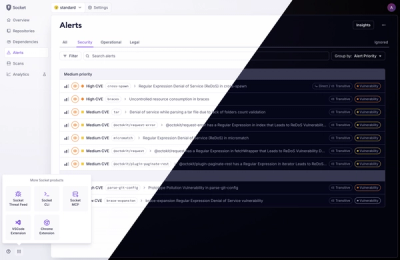@backstage/plugin-scaffolder-backend-module-confluence-to-markdown
Welcome to the confluence:transform:markdown action for the scaffolder-backend.
Getting started
The following sections will help you getting started
Configure Action in Backend
From your Backstage root directory run:
yarn --cwd packages/backend add @backstage/plugin-scaffolder-backend-module-confluence-to-markdown
Then ensure that both the scaffolder and this module are added to your backend:
const backend = createBackend();
backend.add(import('@backstage/plugin-scaffolder-backend'));
backend.add(
import('@backstage/plugin-scaffolder-backend-module-confluence-to-markdown'),
);
Configuration
There is some configuration that needs to be setup to use this action, these are the base parameters:
confluence:
baseUrl: 'https://confluence.example.com'
auth:
token: '${CONFLUENCE_TOKEN}'
The sections below will go into more details about the Base URL and Auth Methods.
Base URL
The baseUrl for Confluence Cloud should include the product name which is wiki by default but can be something else if your Org has changed it. An example baseUrl for Confluence Cloud would look like this: https://example.atlassian.net/wiki
If you are using a self-hosted Confluence instance this does not apply to you. Your baseUrl would look something like this: https://confluence.example.com
Auth Methods
The default authorization method is bearer but basic and userpass are also supported. Here's how you would configure each of these:
For bearer:
confluence:
baseUrl: 'https://confluence.example.com'
auth:
type: 'bearer'
token: '${CONFLUENCE_TOKEN}'
For basic:
confluence:
baseUrl: 'https://confluence.example.com'
auth:
type: 'basic'
token: '${CONFLUENCE_TOKEN}'
email: 'example@company.org'
For userpass
confluence:
baseUrl: 'https://confluence.example.com'
auth:
type: 'userpass'
username: 'your-username'
password: 'your-password'
Note: For basic and bearer authorization methods you will need an access token for authorization with Read permissions. You can create a Personal Access Token (PAT) in Confluence. The value used should be the raw token as it will be encoded for you by the action.
Template Usage
Here's an example of how you can use the action in your template:
apiVersion: scaffolder.backstage.io/v1beta3
kind: Template
metadata:
name: confluence-to-markdown
title: Confluence to Markdown
description: This template converts a single Confluence document to Markdown for Techdocs and adds it to a given GitHub repo.
tags:
- do-not-use
- poc
spec:
owner: <YOUR_EMAIL>
type: service
parameters:
- title: Confluence and Github Repo Information
properties:
confluenceUrls:
type: array
description: Urls for Confluence doc to be converted to markdown. In format <CONFLUENCE_BASE_URL>/display/<SPACEKEY>/<PAGE+TITLE> or <CONFLUENCE_BASE_URL>/spaces/<SPACEKEY>/pages/<PAGEID>/<PAGE+TITLE> for Confluence cloud
items:
type: string
ui:options:
addable: true
minItems: 1
maxItems: 5
repoUrl:
type: string
title: GitHub URL mkdocs.yaml link
description: The GitHub repo URL to your mkdocs.yaml file. Example <https://github.com/blob/master/mkdocs.yml>
steps:
- id: create-docs
name: Get markdown file created and update markdown.yaml file
action: confluence:transform:markdown
input:
confluenceUrls: ${{ parameters.confluenceUrls }}
repoUrl: ${{ parameters.repoUrl }}
- id: publish
name: Publish PR to GitHub
action: publish:github:pull-request
input:
repoUrl: <GITHUB_BASE_URL>?repo=${{ steps['create-docs'].output.repo }}&owner=${{ steps['create-docs'].output.owner }}
branchName: confluence-to-markdown
title: Confluence to Markdown
description: PR for converting Confluence page to mkdocs
Replace <GITHUB_BASE_URL> with your GitHub URL without https://.
You can find a list of all registered actions including their parameters at the /create/actions route in your Backstage application.



